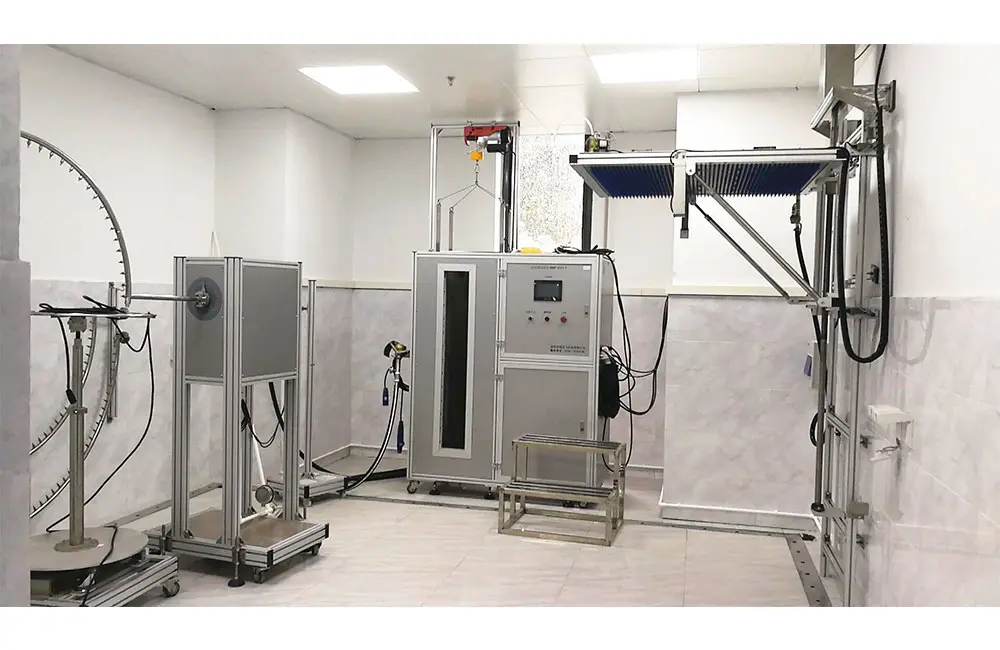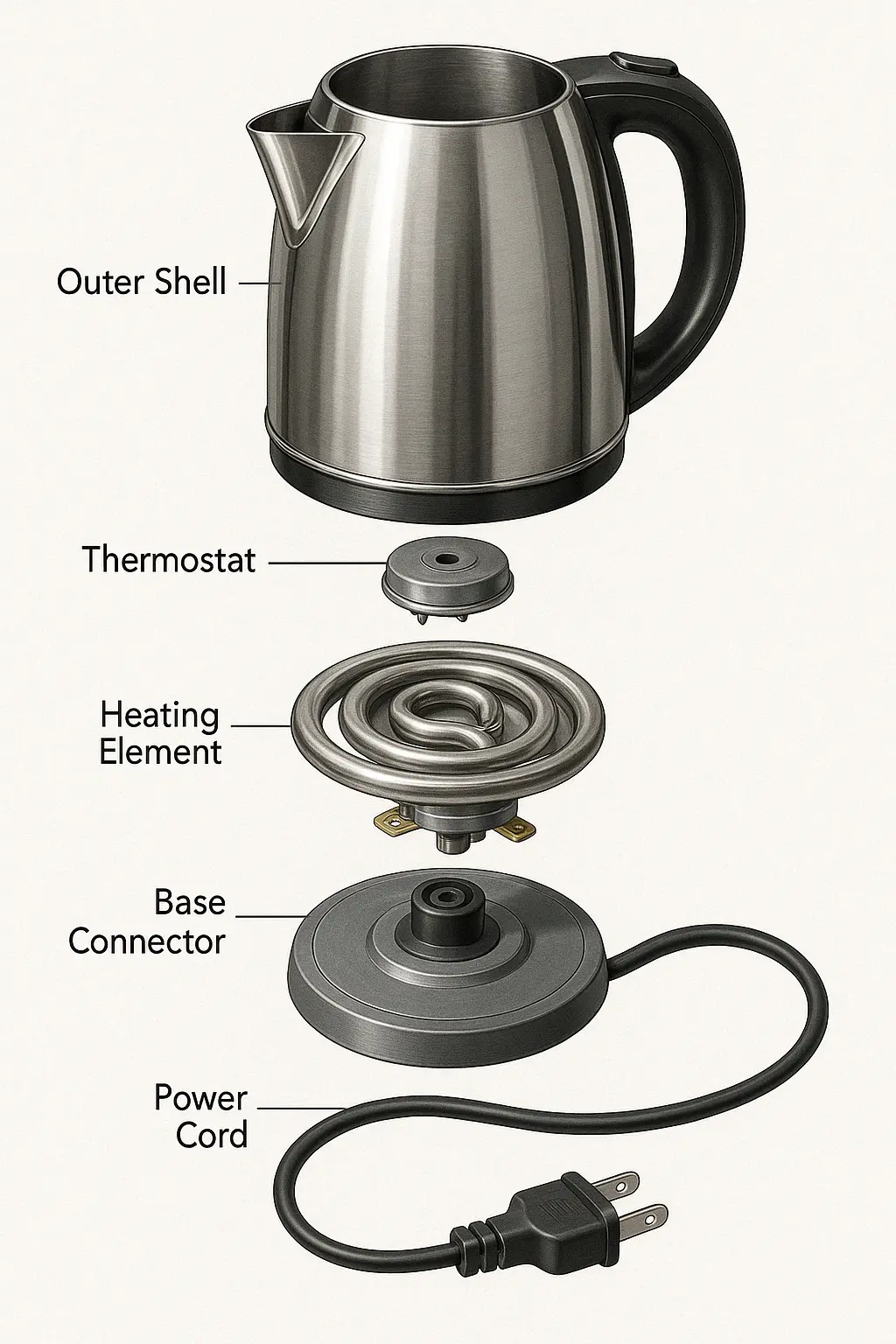
Teething Toy CPC Certification ASTM F963-23 Testing
ASTM is a mandatory toy testing standard in the United States. Any toy category products exported to the U.S. must undergo ASTM testing. On October 23, 2023, the American Society for Testing and Materials (ASTM) updated the Consumer Safety Specification for Toy Safety, ASTM F963-23, which is the latest version. This standard sets general requirements for toy products entering the U.S. market. Compared to the previous ASTM F963-17 version, this update introduces significant changes, including exemptions for eight heavy metal elements in substrate materials, updated phthalate control requirements, stricter battery accessibility requirements, and various revisions to sound-emitting toys, expanding materials, projectile toys, labeling, and instructions.
Heavy Metals in Substrate Materials:
1. A new Note 4 clarifies the rules for determining accessibility under specific conditions:
- Paint, coatings, or electroplating are not considered inaccessible barriers.
- Additionally, if a toy or component covered with fabric is smaller than 5 cm in any dimension, or if the fabric material cannot prevent internal components from being accessible through reasonable use and abuse tests, the fabric covering will not be considered an inaccessible barrier.
2. Exemptions for paper and textiles are now described separately.
3. The requirements for modeling clay have been reformatted for better clarity.
Phthalates:
The phthalate requirements have been revised to align with federal regulation 16 CFR 1307. The following eight phthalates in accessible plastic materials of toys must not exceed 0.1% (1000 ppm):
- Di(2-ethylhexyl) phthalate (DEHP)
- Dibutyl phthalate (DBP)
- Benzyl butyl phthalate (BBP)
- Diisononyl phthalate (DINP)
- Diisobutyl phthalate (DIBP)
- Dipentyl phthalate (DPENP)
- Dihexyl phthalate (DHEXP)
- Dicyclohexyl phthalate (DCHP)
Sound:
1. The definitions for push/pull toys (previously called push/pull toys) and tabletop, floor, or crib toys have been revised for easier differentiation.
2. Abuse testing requirements have been added for sound-emitting toys intended for children over 8 years old. It is clarified that toys intended for children under 14 years old must meet sound requirements before and after use and abuse testing. For toys intended for children aged 8 to 14, the use and abuse testing requirements applicable to children aged 36 to 96 months apply.
3. The sound level (LAFma) produced by push/pull toys has been revised from the original 85dB to 94dB.
Battery-Operated Toys – Stricter Battery Accessibility Requirements:
1. Toys intended for children over 8 years old must now also undergo abuse testing, using the same abuse test conditions as for children aged 3 to 8.
2. Fasteners (screws) on battery covers must not come loose after abuse testing.
3. Special tools provided to open the battery compartment must be mentioned in the instructions. The instructions should:
- Remind consumers to keep the tool for future use.
- Specify that the tool should be stored out of children's reach.
- Clarify that the tool is not a toy.
Expanding Materials:
1. The scope has been revised to include expanding materials that are not small parts in their received state.
2. Tolerances and significant figures for test gauges have been updated.
Labeling Requirements:
New requirements for CPSIA tracking labels have been introduced. Toys and their packaging must include a tracking label containing essential information, including:
1. The name of the manufacturer or private labeler.
2. The location and date of production.
3. Detailed manufacturing process information, such as batch or run numbers, or other identifying characteristics.
4. Any additional information helpful in identifying the specific source of the product.
Email:hello@jjrlab.com
Write your message here and send it to us
 What is the 4.3 Toxicology Test in ASTM F963?
What is the 4.3 Toxicology Test in ASTM F963?
 What is the Canada Tent SOR/2024-217 Test Report?
What is the Canada Tent SOR/2024-217 Test Report?
 How to get the Amazon AS/NZS 1900 Test Report?
How to get the Amazon AS/NZS 1900 Test Report?
 Children's Jewelry CPC Certification and ASTM F292
Children's Jewelry CPC Certification and ASTM F292
 Amazon Ladder Compliance Certification Guide
Amazon Ladder Compliance Certification Guide
 Amazon and Temu Require FCM Test Reports
Amazon and Temu Require FCM Test Reports
 Electric Kettle Amazon Canada Compliance Certifica
Electric Kettle Amazon Canada Compliance Certifica
 Do You Understand Amazon Compliance Certification?
Do You Understand Amazon Compliance Certification?
Leave us a message
24-hour online customer service at any time to respond, so that you worry!




